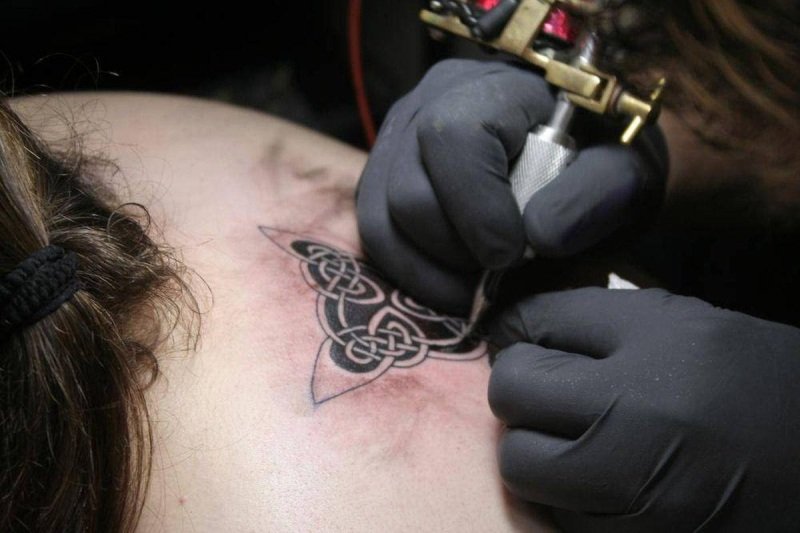How to Practice Tattooing: All You Need to Know
As an aspiring tattoo artist looking to hone your skills and become better, practicing is your best bet. But you do not just get up and start drawing; you need a strategic plan on how to practice and what you need as a beginner to develop your tattooing skill.
There are lots of things involved when learning to become a tattoo artist, whether you want to start a career on it or just use it as a hobby, you need to learn everything there is to practicing tattooing.
Luckily, here’s a concise guide that’ll show you everything you need to know from the tools you need for practicing, to how long it may take you before you can start making money from this.
Here is everything you need to know:
Start Thinking Like a Tattoo Expert
Before you start anything, you need to condition your mind to think like an expert, how will an expert behave? What do they see?
This will make you better prepared for the task as everything starts from the mind. Experts see shapes differently. They can identify with shapes, colors and designs – just as an artist would.
You need to know how these shapes and colors would feel and look on different parts of the body and skin tones.
What You Need to Practice Tattooing

One of the first things you should get in order before you start practicing is the tools you need. The tools you need may vary based on your experience and income but there are substitutes you can get for cheap.
- Fruits: fruits can serve as your canvas to practice tattooing. Get contoured fruits like apple, banana, and orange.
- Silicone skin: this is a little more expensive than using fruits but gives a more realistic feel to your drawing. Synthetic skins made from silicone will give you a close feel of real skin and allow you to practice your art with almost real human curves.
- Pig skin: pig skin is another material you can draw on. Because its surface closely resembles that of human skin, it has been used for years by aspiring tattoo artists to practice.
You Need a Tattoo Stencil Paper
This is a drawing paper that ensures the accuracy of your art as tattooing is a permanent work; you don’t want to make mistakes on people’s skins.
A stencil paper can either be thermal paper or hectograph. These papers vary in their usage and effectiveness.
A thermal paper is a 4-layered system that allows you to trace an original image directly onto the skin and be able to reference its accuracy back on the source image. While a hectograph paper uses pressure to duplicate images on one side of the paper that will then be transferred to the skin.
Apprenticeship is Important

If you want to hasten your learning process and get even better, enrolling for an apprenticeship is essential. You should know that most apprenticeship programs would require you to pay some fees for training, usually in the range of $5000 to $10,000.
You get to learn from an expert the intricacies involved including being able to see and use real-life equipment that may have otherwise been too expensive for you to get.
Tattoo machines like liner, shaper, rotary, and other machines will be there for you to handle and learn their uses. You’ll notice that these rotary tattoo machines do not make any noise which gives the impression that they are less painful.
How Long Before You Start Making Money?
This question depends on a lot of factors like how fast you can learn and how many clients you can get, but generally, you would need to practice for at least a year before you can tattoo a client if you’re on an apprenticeship.
You’ll also probably need to tattoo up to 100 clients before you start to make decent money after covering your initial investment for the apprenticeship.
As you can see an apprenticeship is important especially when you’re learning tattooing as a career. Not only does it help you learn faster but it also helps you get clients when you’re ready as you can start working in the shop or open your place.
Lastly
Tattooing is an exciting job that can make you a lot of money and even fame when you learn it. Patience and perseverance are essential as you’ll encounter a lot of obstacles on your journey to mastering this art.



